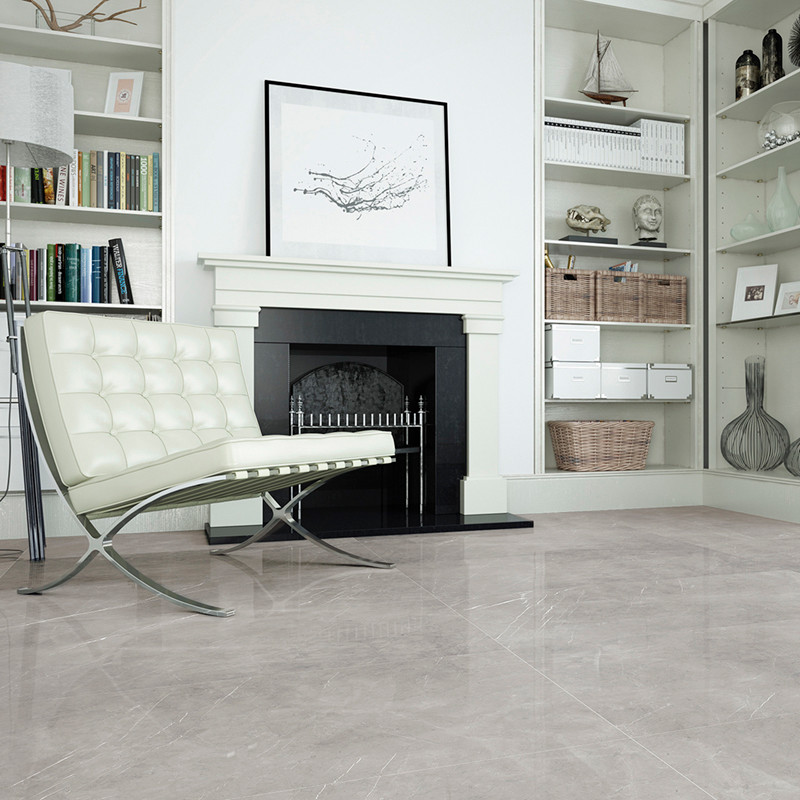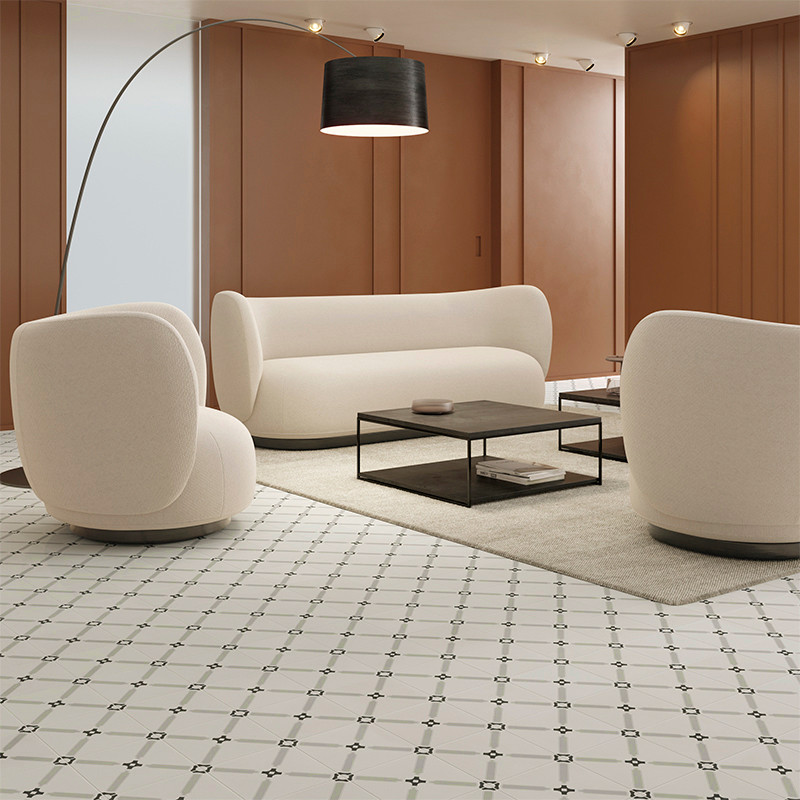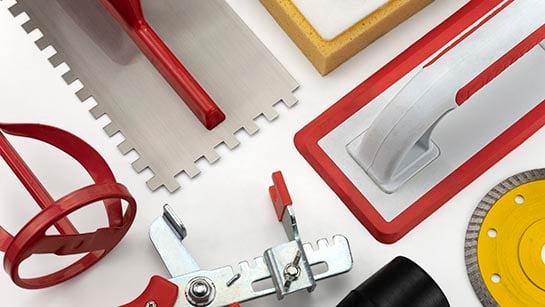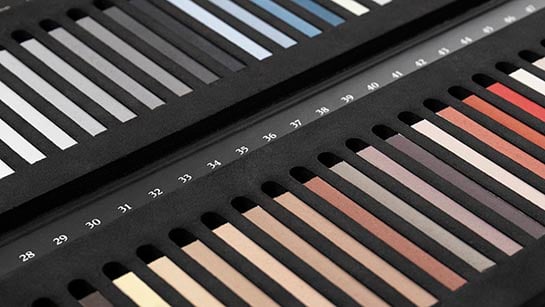-
MenuBack
-
TILES
-
-
-
-
-
-
-
OTHER CATEGORIES
-
-
-
-
OTHER MATERIAL
-
-
Installation and maintenance
-
- Recommendations
- PROFESSIONALS
- Contact
-
SOCIAL MEDIA
-
-
MenuBack
-
TILES
-
-
-
-
-
-
-
OTHER CATEGORIES
-
-
-
-
OTHER MATERIAL
-
-
Installation and maintenance
-
- Recommendations
- PROFESSIONALS
- Contact
-
SOCIAL MEDIA
-
Porcelain tiles are one of the most popular flooring solutions for homes and commercial spaces thanks to their strength, aesthetic appeal and durability. In this definitive guide, you will discover what makes them special, their main advantages, how to choose the most suitable option and the keys to keeping them looking impeccable for years to come.
What is porcelain flooring?
Porcelain flooring is a type of flooring made from high-density materials that are compacted and fired at very high temperatures. This process makes it an extremely wear-resistant, waterproof surface that is suitable for all types of environments, from elegant interiors to demanding exteriors.

Advantages over other flooring types
Porcelain tiles stand out for their hardness, low water absorption and resistance to stains and scratches. They are ideal for high-traffic areas, damp spaces such as bathrooms and kitchens, and even terraces if you opt for a non-slip finish. In addition, their wide range of designs and formats allows them to be adapted to any decorative style.
Available finishes and styles
This technical flooring offers a wide variety of finishes: matte, polished, satin, non-slip or textured. It can also realistically imitate materials such as wood, marble, stone or cement. Formats range from standard pieces to large slabs that create a sense of spaciousness and visual continuity.

How to choose the best porcelain flooring
To choose the ideal porcelain tile, consider the use of the room, the level of traffic and the visual effect you want. In small or dimly lit spaces, light colours add brightness. For a cosy atmosphere, wood imitations are perfect. And outdoors, always prioritise a non-slip finish.

Maintenance of porcelain floors
Maintenance is simple: just sweep or vacuum and clean with warm water and a neutral detergent. Avoid abrasive products to preserve the finish and dry with a clean cloth to keep it looking like new.
Related articles
- You may also be interested in other trendy flooring options, such as terracotta floor tiles.
- You may be interested in learning how to cut ceramic tiles.
- Can cement be removed from tiles? We'll tell you how here.
Related posts
-
 24/02/2023FRESH STYLE IN INTERIORS: VITALITY AND LIGHTNESS24/02/2023> Read more
24/02/2023FRESH STYLE IN INTERIORS: VITALITY AND LIGHTNESS24/02/2023> Read more -
 24/02/2023IS IT A GOOD IDEA TO USE CERAMIC TILES OUTDOORS?> Read morePosted in: Inspiration24/02/2023
24/02/2023IS IT A GOOD IDEA TO USE CERAMIC TILES OUTDOORS?> Read morePosted in: Inspiration24/02/2023 -
 24/02/2023KINFOLK STYLE: SIMPLE LIVING AND NATURAL CONNECTION> Read morePosted in: Inspiration24/02/2023
24/02/2023KINFOLK STYLE: SIMPLE LIVING AND NATURAL CONNECTION> Read morePosted in: Inspiration24/02/2023 -
 12/05/2023SMALL TILE LAYOUT PATTERNS TRENDS FOR 2023> Read morePosted in: Installation12/05/2023
12/05/2023SMALL TILE LAYOUT PATTERNS TRENDS FOR 2023> Read morePosted in: Installation12/05/2023


































